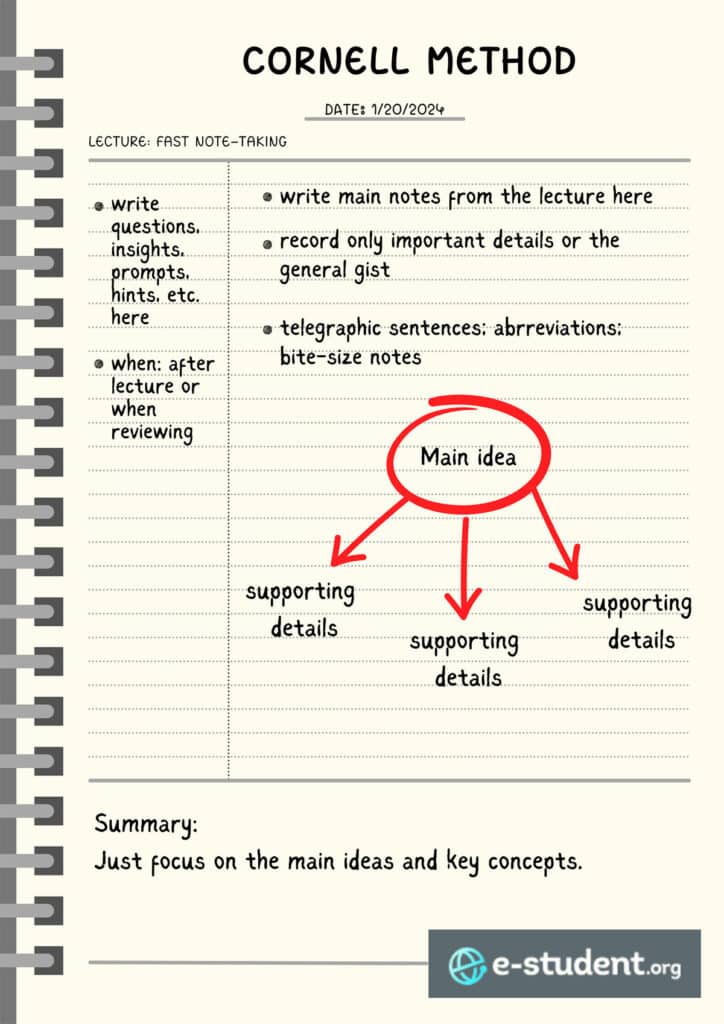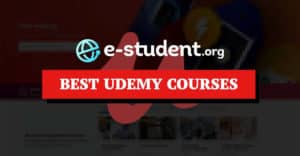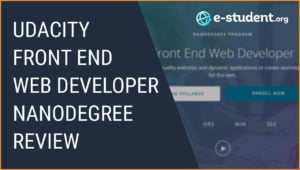- Fast note-taking is useful for live lectures, meetings, and interviews.
- Efficient note-taking is not just about speed but also about accurate, understandable, and actionable notes.
- Developing a personal shorthand system can help in writing notes fast.
- Focus on just recording the key notes and main ideas and use visual note-taking techniques for faster writing.
- Pre-read relevant materials to be familiar with the topic prior to taking notes.
- Use the correct tools and technologies for note-taking.
- Review and revise your notes.
For a student trying to keep up with lectures, a professional in a quick-paced meeting, a journalist conducting an interview, or someone attending a live workshop, taking notes quickly is a game-changer. Though most meetings, lectures, or interviews are being recorded for future playback and review, taking notes as we hear is very important for staying attentive throughout the session and for remembering the information. But efficient note-taking is not just about speed. It is also about accurately distilling complex concepts into concise, easy-to-understand, and actionable insights.
Here are some techniques and tips to help you out.
Table of Contents
1. Abbreviate and Use Symbols
Before the invention of recording or dictation machines, a writing system called stenography or shorthand was widely used by journalists, secretaries, police officers, and other record-keepers. For note-taking of oral or verbal communication at a speaking pace, stenographers use standard symbols and strokes that represent letters, words, or phrases. These will later be transcribed into a readable format.

You can also develop your personal shorthand system for faster note-taking. Identify common words and phrases that frequently appear in your notes and develop symbols or abbreviations for them. Here are some techniques:
- Use the first few letters of the word (e.g. info for “information,” eval for “evaluation,” dev for “development”)
- Use common general abbreviations (e.g. w/ for “with,” for “against,” b/c for “because,” etc. for “and so on”)
- Use common symbols (e.g. arrows for “increase or “decrease,” @ for “at,” $ for “money”)
- Skip the vowels (e.g. prblm for “problem,” mgmt for “management”)
2. Focus on Key Points and Main Ideas
Resist the temptation to jot down every word that you hear. The most effective way to take notes faster is to engage in active listening. Focus on the main ideas and key concepts to capture the essence of the information. Extract the most critical information and record it in your own words using your personal abbreviations and symbols. You may try using the Cornell note-taking method for this and have columns where you can write the key points, your own notes, and a summary. Style elements such as bullet points, numbering, or highlighting can emphasize crucial information. Prioritizing key information and creating a hierarchy with your notes lead to faster recording and easier reviewing.
3. Use Bulleted Lists, Diagrams, and Mind Maps
Bulleted lists, diagrams, and mind maps don’t just speed up note-taking, but also allows you to make connections between ideas as you listen to it. This visual note-taking technique breaks down complex concepts into smaller chunks for faster note-taking, better comprehension, and easier review.
4. Pre-Read Material

According to the constructivist learning theory, prior knowledge is one of the most important elements in the learning process. If available, pre-read materials (e.g. text books, references, meeting agenda, etc.) before a lecture or a meeting. Familiarizing yourself with the content in advance enables you to grasp the main ideas more quickly and makes it easier to focus on specific details during the actual session. This proactive approach enhances comprehension and allows you to take faster notes.
5. Use Note-Taking Tools and Technologies
If you prefer taking notes with a pen and paper, choose bound notebooks with smooth pages, pre-defined sections, and lines or margins. This allows you to write fast, organize information, and add marginal notes.

Technologies for note-taking on your laptop or mobile device, such as Obsidian, can also be leveraged. Note-taking applications with features such as customizable templates, easy organization, search capabilities, and quick formatting may work if you have a good typing speed. Some applications also have voice-to-text features that convert spoken words into written text. Of course, recording lectures and meetings for later review ensures that you don’t miss any critical information during the note-taking process. Just make sure of the privacy and legal considerations when recording conversations.
6. Review and Revise
After taking notes, review and revise them as soon as possible while the information is still fresh in your mind. This process involves reorganizing notes, filling in any gaps, and elaborating on key points. Revising notes also serves as a valuable tool for enhancing retention and recall.
Conclusion:
Fast note-taking can boost efficiency and productivity. Using the techniques and tips outlined in this guide can help you take notes more quickly without compromising accuracy. It may take practice and experimentation to find what works best for you. Just keep the habit of note-taking flexible to help you capture and remember information easily in any situation.



